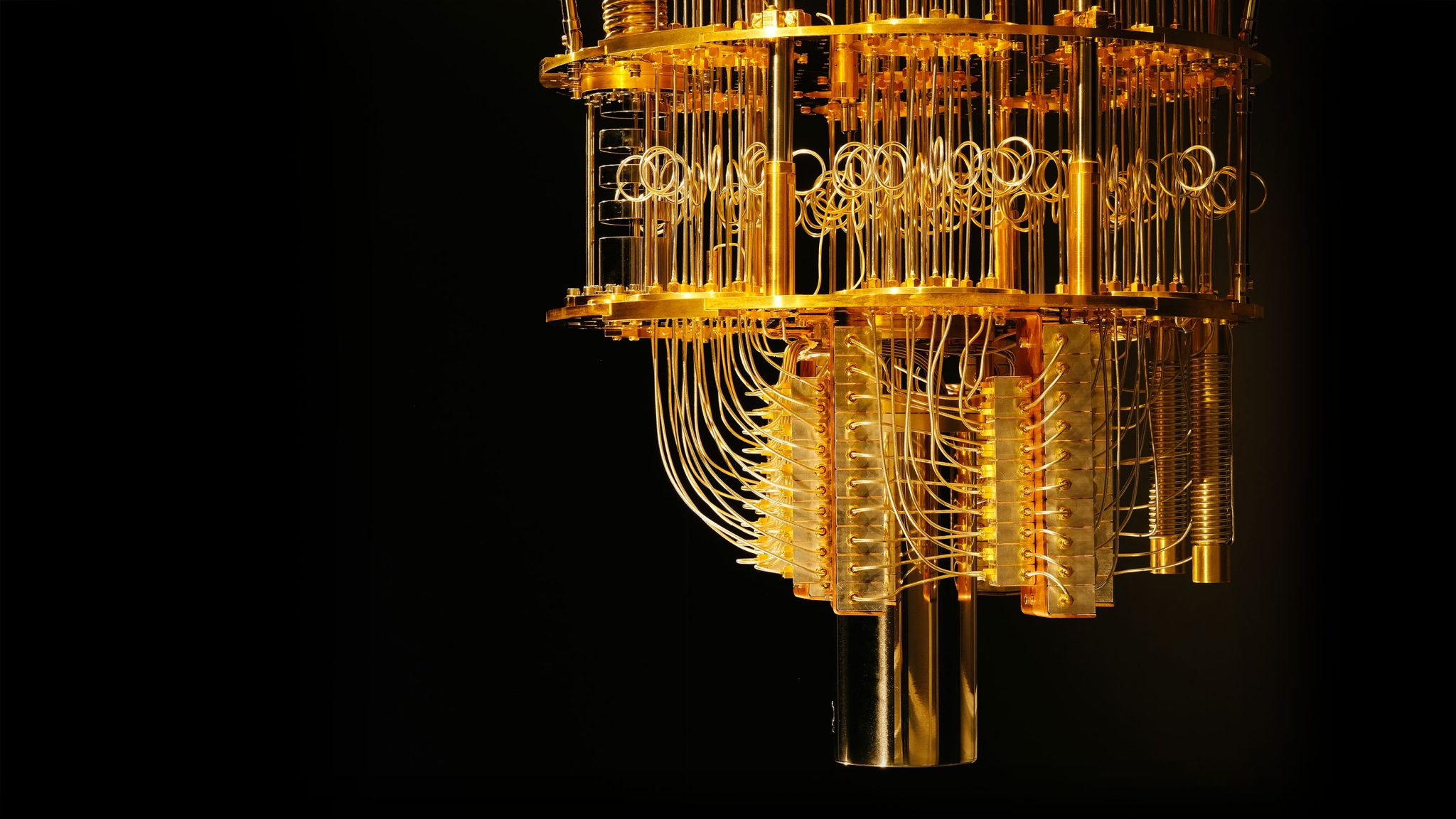UC Riverside (UCR) is set to lead a project focused on enabling scalable quantum computing after winning a $3.75 million Multicampus-National Lab Collaborative Research and Training Award.
The collaborative effort will see contributions from UC Berkeley, UCLA and UC Santa Barbara, with UCR acting as project coordinator.
Scalable quantum computing
Quantum computing is currently in its infancy but it is expected to stretch far beyond the capabilities of conventional computing in the coming years. Intensive tasks such as modeling complex processes, finding large prime numbers, and designing new chemical compounds for medical use are what quantum computers are expected to excel at.
Quantum information is stored on quantum computers in the form of quantum bits, or qubits. This means that quantum systems can exist in two different states simultaneously as opposed to conventional computing systems which only exist in one state at a time. Current quantum computers are limited in their qubits, however, so for quantum computing to realize its true potential, new systems are going to have to be scalable and include many more qubits.

“The goal of this collaborative project is to establish a novel platform for quantum computing that is truly scalable up to many qubits,” said Boerge Hemmerling, an assistant professor of physics and astronomy at UC Riverside and the lead principal investigator of the three-year project. “Current quantum computing technology is far away from experimentally controlling the large number of qubits required for fault-tolerant computing. This stands in large contrast to what has been achieved in conventional computer chips in classical computing.”
3D printed ion trap microstructures
The research team will use advanced 3D printing technology, available at Lawrence Livermore National Laboratory, to fabricate microstructure ion traps for the new quantum computers. Ions are used to store qubits and quantum information is transferred when these ions move in their traps. According to UCR, trapped ions have the best potential for realizing scalable quantum computing.
Alongside UCR, UC Berkeley will enable high-fidelity quantum gates with the ion traps. UCLA will integrate fiber optics with the ion traps, UC Santa Barbara will put the traps through trials in cryogenic environments and demonstrate shuttling of ion strings while the Lawrence Berkeley National Laboratory will be used to characterize and develop new materials. The project coordinator, UCR, will develop simplified cooling schemes and research the possibility of trapping electrons with the traps.

“We have a unique opportunity here to join various groups within the UC system and combine their expertise to make something bigger than a single group could achieve,” Hemmerling stated. “We anticipate that the microstructure 3D printed ion traps will outperform ion traps that have been used to date in terms of the storage time of the ions and ability to maintain and manipulate quantum information.”
He adds, “Most importantly, our envisioned structures will be scalable in that we plan to build arrays of interconnected traps, similar to the very successful conventional computer chip design. We hope to establish these novel 3D-printed traps as a standard laboratory tool for quantum computing with major improvements over currently used technology.”
Hemmerling’s concluding remarks explain that many quantum computing approaches, while very promising, have fallen short of providing a scalable platform that is useful for processing complex tasks. If an applicable machine is to be built, new routes must be considered, starting with UCR’s scalable computing project.
Early quantum technology work involving 3D printing has paved the way for UCR’s future project. When cooled to near 0K, the quantum characteristics of atomic particles start to become apparent. Just last year, additive manufacturing R&D company Added Scientific 3D printed the first vacuum chamber capable of trapping clouds of cold atoms. Elsewhere, two-photon AM system manufacturer Nanoscribe introduced a new machine, the Quantum X, with micro-optic capabilities. The company expects its system to be useful in advancing quantum technology to the industrial level.
The nominations for the 2020 3D Printing Industry Awards are now open. Who do you think should make the shortlists for this year’s show? Have your say now.
Subscribe to the 3D Printing Industry newsletter for the latest news in additive manufacturing. You can also stay connected by following us on Twitter and liking us on Facebook.
Looking for a career in additive manufacturing? Visit 3D Printing Jobs for a selection of roles in the industry.
Featured image shows University of California, Riverside campus. Photo via UCR.


